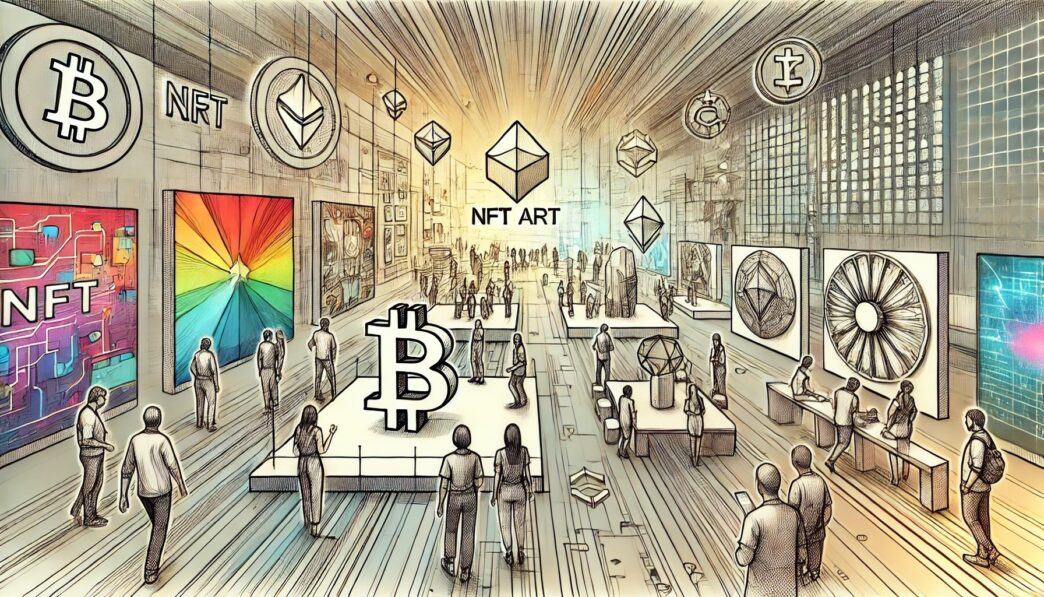The once-booming market for non-fungible tokens (NFTs) has seen a dramatic decline, with a recent report revealing that 95% of all NFTs are now considered “dead,” leaving many investors facing significant losses. The report, published earlier this month by NFTevening, highlights the stark challenges within the NFT market, which was once heralded as the future of digital ownership and investment.
According to the report, the market for NFTs has plummeted so drastically since 2023 that the average NFT owner has experienced a 44.5% loss on their investment. The findings are based on extensive research that examined over 5,000 NFT collections and 5 million transactions, utilizing data from NFTScan, a leading data infrastructure provider for Web3 developers.
The criteria used to determine whether an NFT is “dead” included Twitter activity, trading volume, and a seven-day sales rate. An NFT with a trading volume of zero, no social media activity, and fewer than 20 sales in a week was classified as effectively deceased. This data paints a bleak picture of the market, where the average lifespan of an NFT is approximately 1.14 years—significantly shorter than the average lifespan of more traditional crypto projects, which typically last around 2.5 times longer.
The report underscores the speculative nature of the NFT market, where rapid price fluctuations and the novelty of digital assets have failed to sustain long-term value. “This short lifespan reflects the intense speculative nature of NFTs, where rapid price fluctuations and the novelty of digital assets fail to sustain long-term value,” the report stated.
The findings also reveal a stark contrast between successful and failing NFT collections. Currently, the most profitable collection is the Azuki collection, where holders have seen a profit of 2.3 times their initial investment. In contrast, collectors who invested in the Pudgy Penguins collection have suffered a staggering 97% loss.
“The data paints a clear picture: the NFT market, previously praised as the future of digital ownership and investment, is encountering significant difficulties,” the report concludes. “The high unprofitability rate among holders, the stark contrast between successful and failing collections, and the short lifespan of NFTs all suggest that the market may not be the golden goose many had hoped for.”
The report’s findings are a sobering reminder of the risks associated with investing in emerging markets, particularly those as volatile as the NFT space. As the market continues to evolve, investors and creators alike will need to navigate the challenges of sustaining long-term value in a rapidly changing digital landscape.




















